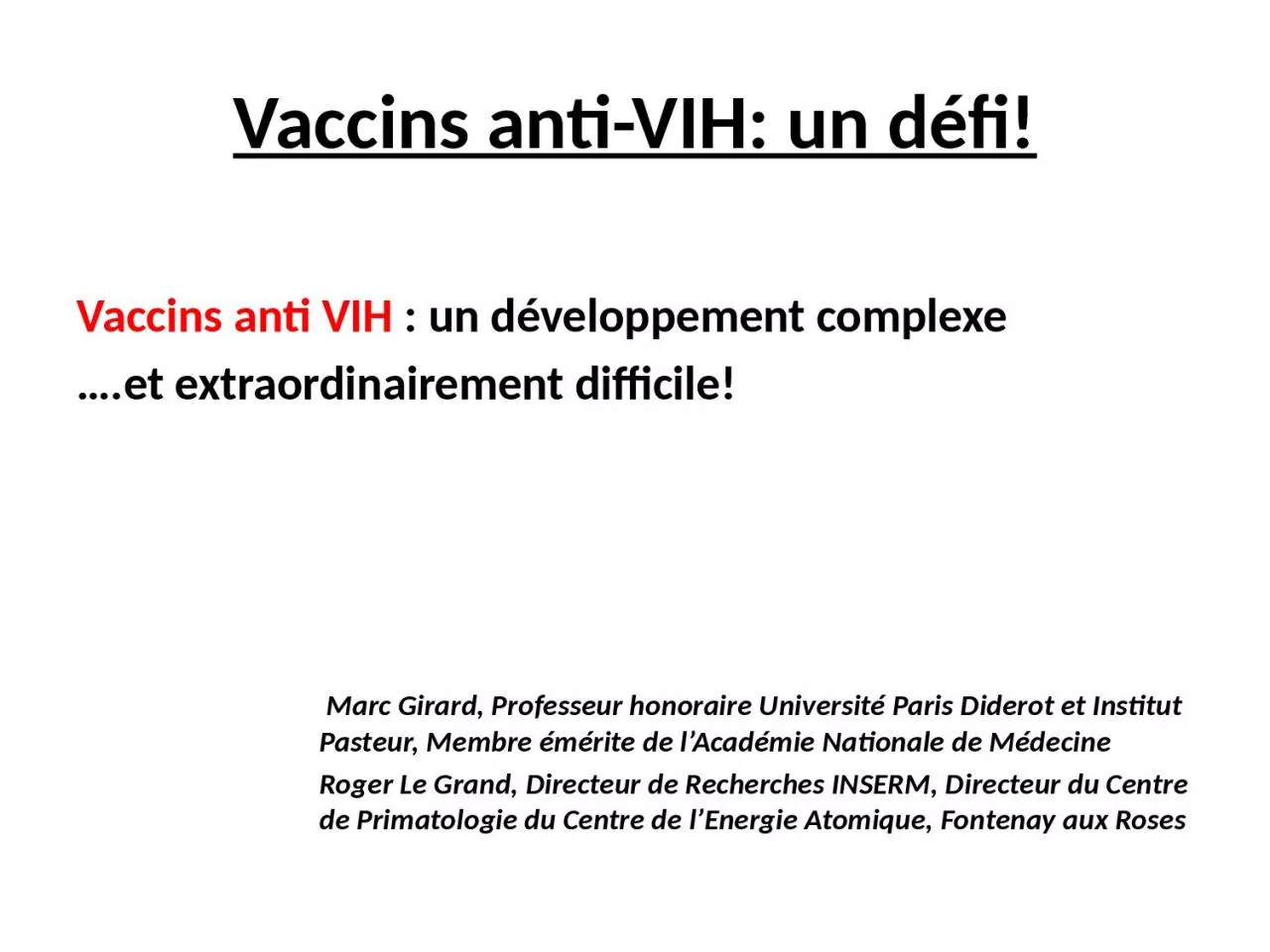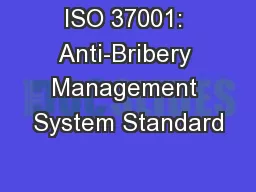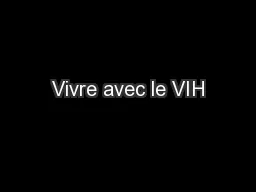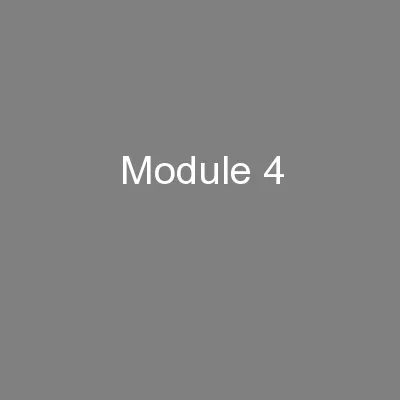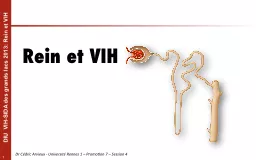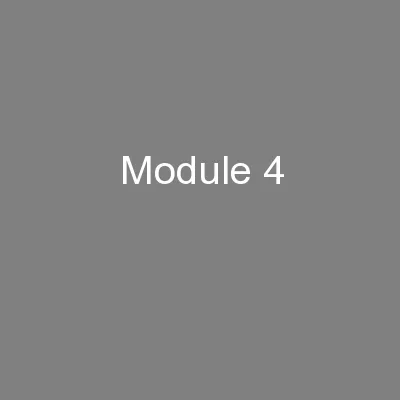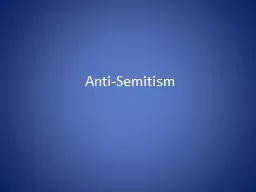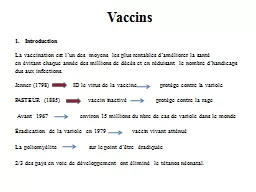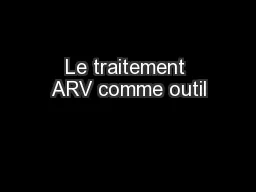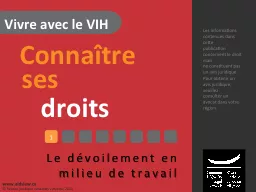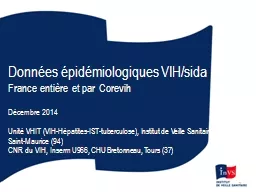PPT-Vaccins anti-VIH: un d fi!
Author : opelogen | Published Date : 2020-09-28
Vaccins anti VIH un développement complexe et extraordinairement difficile Marc Girard Professeur honoraire Université Paris Diderot et Institut Pasteur
Presentation Embed Code
Download Presentation
Download Presentation The PPT/PDF document "Vaccins anti-VIH: un d fi!" is the property of its rightful owner. Permission is granted to download and print the materials on this website for personal, non-commercial use only, and to display it on your personal computer provided you do not modify the materials and that you retain all copyright notices contained in the materials. By downloading content from our website, you accept the terms of this agreement.
Vaccins anti-VIH: un d fi!: Transcript
Download Rules Of Document
"Vaccins anti-VIH: un d fi!"The content belongs to its owner. You may download and print it for personal use, without modification, and keep all copyright notices. By downloading, you agree to these terms.
Related Documents

